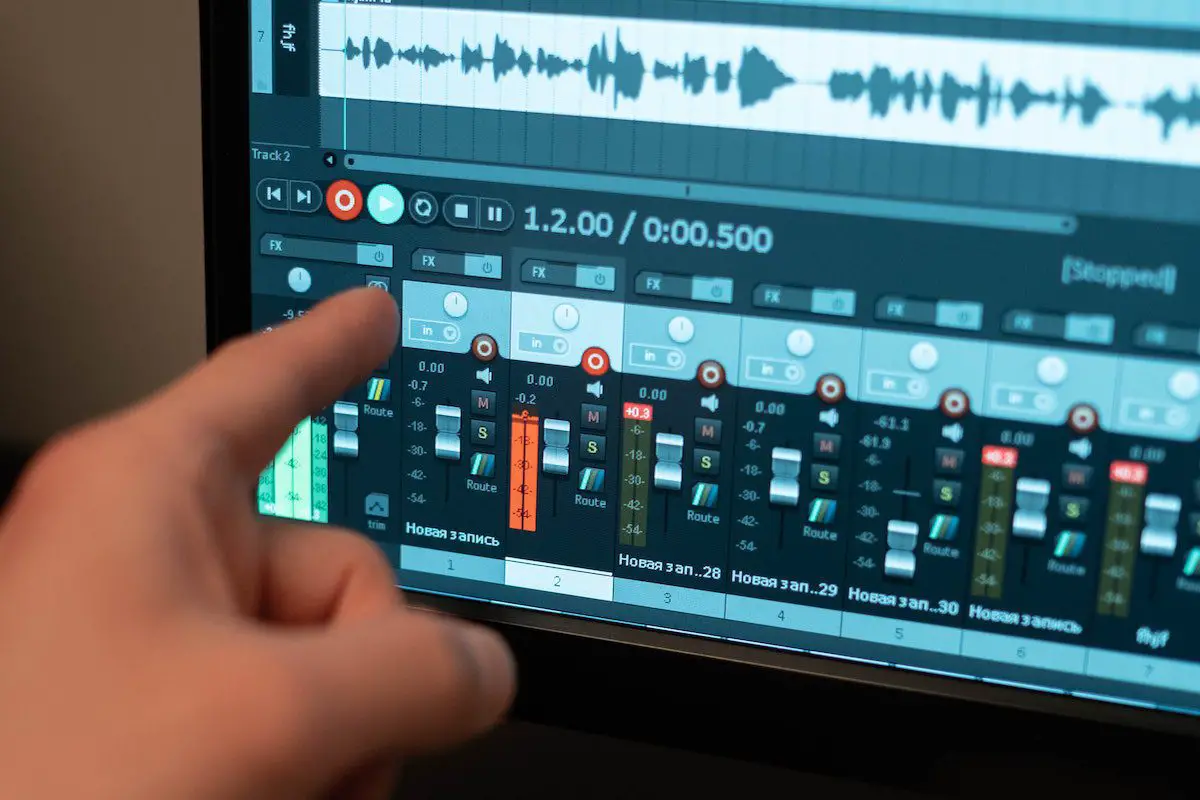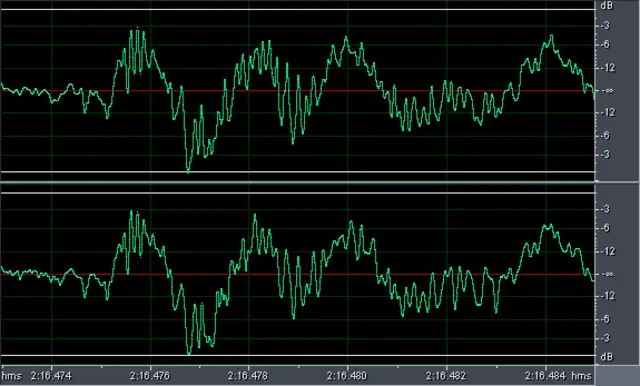Have you ever wondered what gives music that powerful punch and impact? How do audio producers shape those initial peaks of sound to create a professional mix? Transients are the gatekeepers of sound, shaping our first impressions. But what exactly is a transient? Let’s dive into the world of transients in audio production and unravel their significance.
What is a transient? A transient in audio production refers to the initial peak of a sound caused by a sudden change in voltage or load. It’s like the sudden surge of energy that grabs your attention and sets the tone for the entire audio experience.
What is a transient in audio production?
Transients are those powerful initial peaks of sound that occur when a note is first played. This can be the strike of a drum, the pluck of a string, the press of a piano key, etc. The transient carries a significant portion of the timbral information that distinguishes one instrument from another, and one sound from another, and it can greatly influence the energy and feel of a track.

AKAI Professional MPK Mini MK3

AKAI Professional MPK Mini MK3
What do transients sound like?
Transients, in their purest form, possess certain sonic qualities that make them instantly recognizable. They are characterized by their sharp attack, quick rise to peak amplitude, and subsequent decay. They manifest themselves uniquely depending on the instrument being played. Drums, for example, exhibit fast and powerful transients due to the nature of percussive hits.
Transients become a tool for artistic expression, allowing musicians and producers to evoke specific emotions and engage the listener in unique ways.
Instruments like guitars and pianos may have more sustained transients, allowing notes to linger before gradually decaying. Each instrument contributes its own flavor of transients, shaping the overall texture and impact of a musical piece.
In genres like rock, transients are often emphasized to convey raw power and aggressiveness. Conversely, in more mellow or ambient genres, transients may be gently subdued to create a more ethereal and atmospheric experience. Transients become a tool for artistic expression, allowing musicians and producers to evoke specific emotions and engage the listener in unique ways.
Are transients good or bad?
Transients are not inherently good or bad; rather, they are a natural and integral part of audio production. Transients add excitement, energy, and realism to the sound, contributing to the overall impact of a mix. They provide a sense of liveliness and authenticity that can enhance the listener’s experience.

Whether transients are perceived as “good” or “bad” largely depends on personal taste, genre, and the desired artistic vision. Different genres and styles of music call for varying approaches to transient management. What might be considered excessive in one context could be exactly what defines the desired sound in another. It’s about finding the right balance.
How can you control transients?
Taming transients requires effective tools and techniques that allow you to shape their impact. Here are some popular methods:
- Transient shapers: Transient shapers, such as the one found in Neutron, provide dedicated controls to shape the attack and sustain. These tools enable you to emphasize or reduce the impact of transients, helping you achieve the desired sonic character. With parameters like attack, sustain, and release, you can mold the transients to fit your mix like a glove.
- Compression: Compression is a versatile tool that can be used not only for controlling dynamics but also for managing transients. By adjusting the attack and release settings, compression can subtly or dramatically alter the transient response of audio signals. Careful use of compression can help tame unruly transients and create a more controlled and balanced mix.
- Dynamic EQ: Dynamic EQ combines the flexibility of equalization with dynamic processing. This allows you to apply EQ adjustments selectively to specific frequency bands based on the audio signal’s dynamics. By targeting specific frequency ranges affected by transients, dynamic EQ can provide surgical precision in transient control.
- Saturation: Saturation introduces harmonic content to audio signals, imparting warmth and character. While primarily associated with harmonic distortion, saturation can also play a role in transient control. By applying subtle saturation, you can soften the edges of transients, giving them a more natural and pleasing sound.
When controlling transients in your mix, here are some dos and don’ts to consider:
| Do’s | Don’ts |
|---|---|
| Do use compression wisely to control peak levels of transients. | Don’t overuse compression, as it can lead to a lifeless, flat mix. |
| Do use transient shaping plugins for more precise control over the attack and sustain of your sounds. | Don’t rely solely on transient shapers – remember that EQ, compression, and good sound selection are fundamental. |
| Do take the time to gain-stage properly from the beginning of your mix. This will help manage transients and prevent clipping. | Don’t ignore minor clipping of transients early in the mixing process – this can lead to larger issues down the line. |
| Do use your ears. The visual feedback from your DAW can be useful, but ultimately, the sound is what matters. | Don’t fixate on achieving absolute perfection with transients. Sometimes, slightly rough edges can contribute to a more lively and authentic mix. |
If you want even more great tips and information, check out the video below.
Frequently asked questions (FAQ)
Here are some common questions about transients in audio production:
What if I want to emphasize transients in my mix?
If you want to bring out the impact and energy of transients in your mix, you can use techniques like Transient Shapers or compression with faster attack times. Adjusting the attack and release settings of these tools can help you accentuate the sharpness and intensity of transients, adding that extra punch to your music.
Can I remove transients completely from my mix?
While it’s technically possible to remove or reduce transients, it’s important to consider the overall sonic character and dynamics of the music. Completely removing transients can result in a flat and lifeless mix. Instead, aim to manage and shape transients in a way that complements the musical elements and enhances the desired impact.
Should I apply the same transient shaping techniques to all instruments?
Not necessarily. Each instrument has its own unique transient characteristics, and the best approach may vary. For example, percussive instruments like drums may benefit from more pronounced transients, while smoother and sustained instruments like strings or pads may require more subtle shaping.
Conclusion
Taming transients in audio production is like capturing lightning in a bottle—you have the power to shape the impact and energy of your music. Did I cover everything you wanted to know? Let me know in the comments section below (I read and reply to every comment). If you found this article helpful, share it with a friend, and check out my full blog for more tips and tricks on audio production. Thanks for reading and keep shaping those transients to create incredible music!
Key Takeaways
This article covered the topic of transients in audio production and their significance in creating impactful mixes. Here are some key takeaways:
- Transients are the initial peaks of sound that add energy and dynamics to music.
- Managing transients involves shaping their impact to achieve the desired sonic character.
- Techniques such as Transient Shapers, compression, dynamic EQ, and saturation can be used to control and shape transients.















